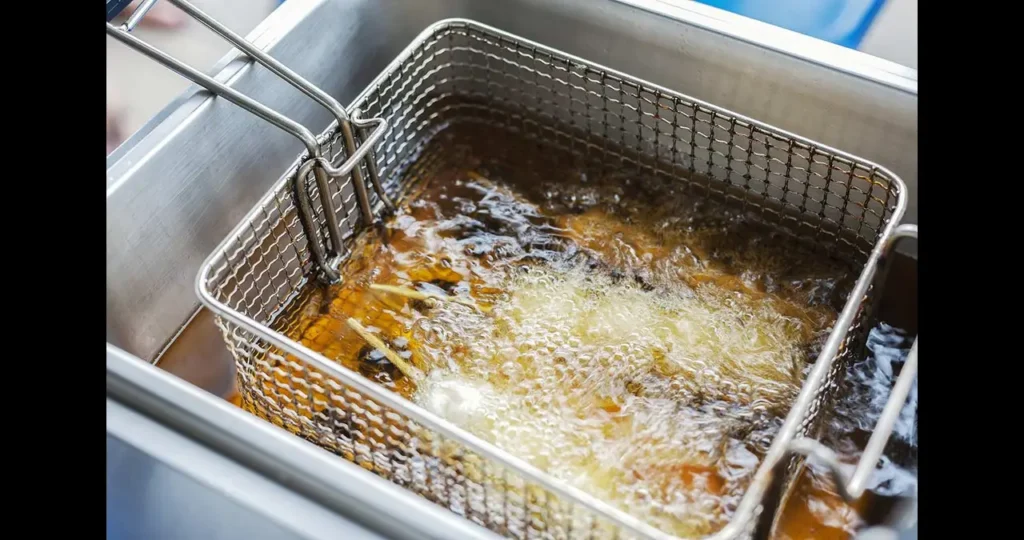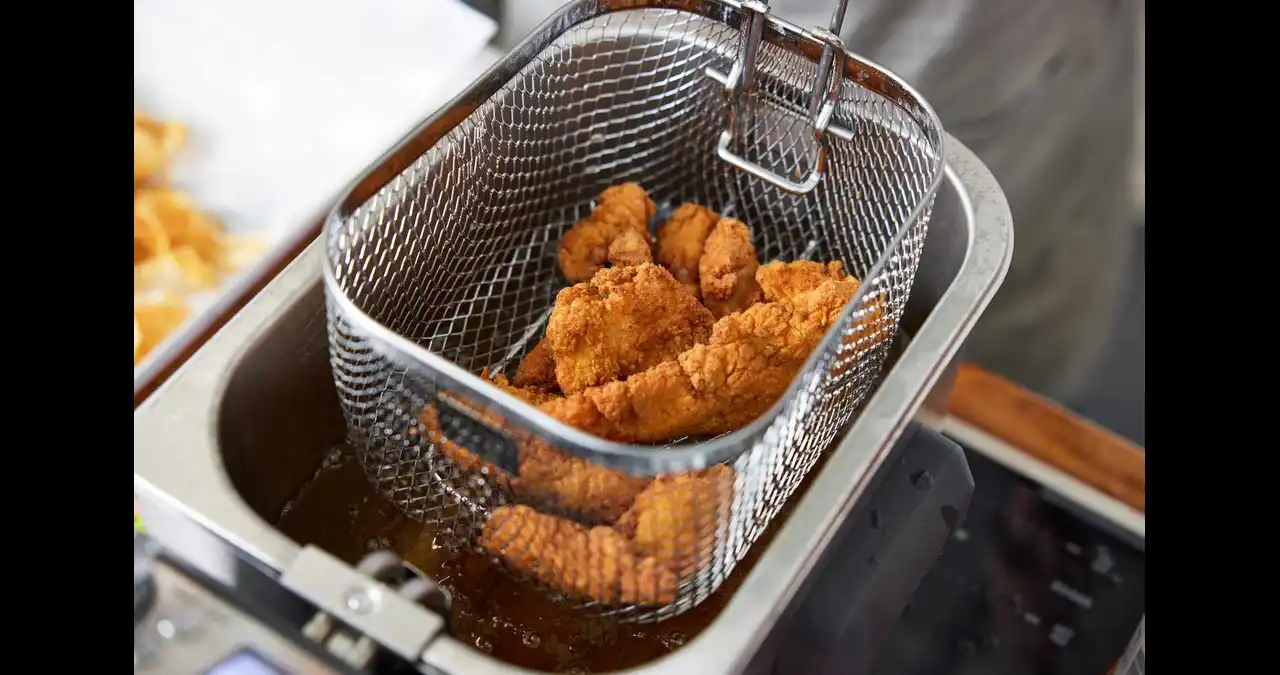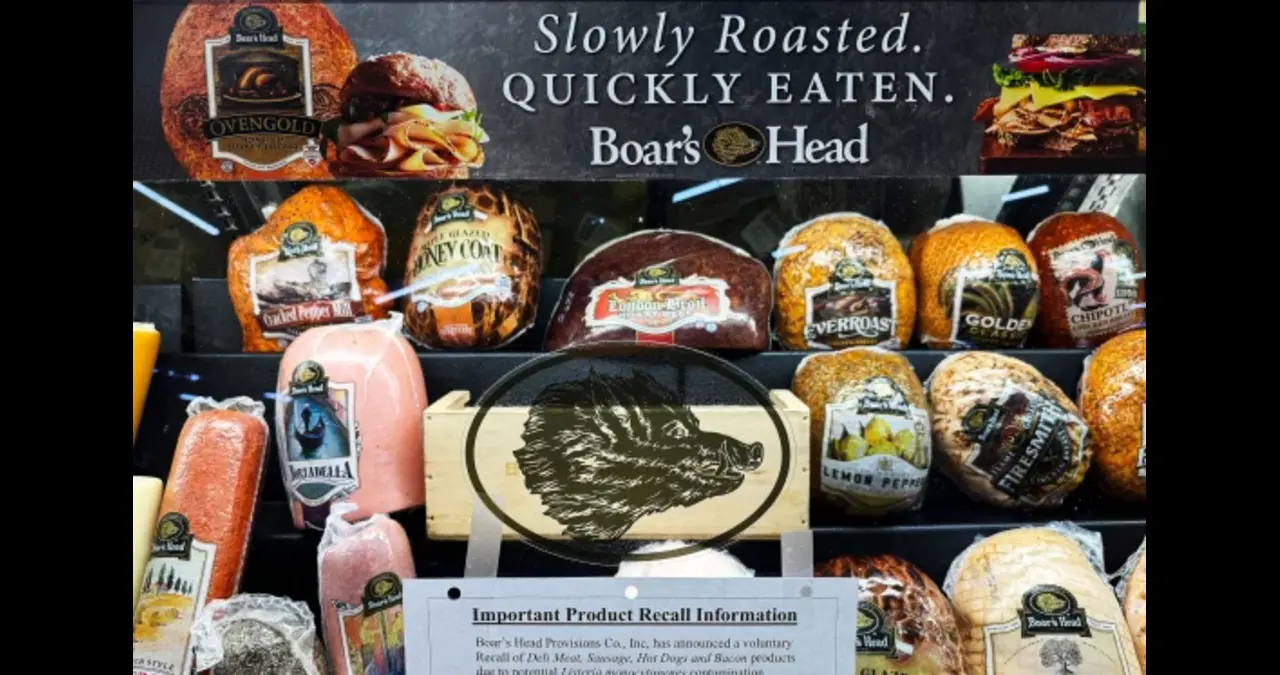What Is a Deep Fryer – The Expert’s Take
Deep Fryer When I talk about a deep fryer, I mean a kitchen appliance designed to submerge food completely in hot oil, giving it a crisp, golden crust while keeping the interior tender and flavorful. It’s the ultimate tool for achieving that irresistible crunch that makes snacks and meals so satisfying. Imagine biting into a perfectly fried piece of chicken, a golden hushpuppy, or a batch of crispy fries – that’s what a deep fryer delivers every single time.
Deep frying isn’t just cooking; it’s a transformative process. The deep fryer creates an environment where moisture within the food vaporizes on contact with the hot oil, sealing in juices and forming a delicious crust. That’s why a deep fryer is more than a convenience—it’s a precision instrument for culinary excellence. Cooking this way isn’t some casual technique; it’s a craft that demands an understanding of how temperature, soil type, and cooking time work together. And that’s exactly what makes a deep fryer such a valuable addition to any kitchen.
Why Choose a Deep Fryer – Perks You Can’t Ignore
Let’s talk about why a deep fryer deserves space on your countertop. First, it brings consistency like no other method. Whether it’s chicken wings, onion rings, or doughnuts, the results remain predictably crispy if the temperature stays steady. Not to mention, most deep fryers have features like temperature control or timers, which reduce guesswork and boost reliability.
With a deep fryer, the oil stays cleaner and lasts longer compared to pan-frying. The sealed basket keeps crumbs from burning, maintaining oil quality. Plus, the fryer’s walls retain heat, reducing the need for reheating and helping save energy. Many models also come with convenient lids and baskets that make frying safer and less messy. When I fire up my deep fryer, I appreciate the easy oil cleanup and consistent, delicious results. The efficiency is simply unmatched.
How Deep Fryer Technology Works – Inside the Magic
At its core, a deep fryer contains a large oil reservoir with a heating element that heats the oil to the precise frying temperature. Many models feature adjustable thermostats for accurate heat control, ensuring optimal frying conditions. Some even have PID controllers for precision within a few degrees. The fryer’s basket is suspended in hot oil and often comes with handles for safe lowering and lifting of food.
Why does this matter? Because the magic lies in chemistry and physics. When food hits oil hot enough, the moisture inside instantly vaporizes. This vaporization creates a barrier, preventing excessive oil absorption and allowing the crust to form. That’s why setting and maintaining the correct oil temperature is so vital for a crisp, non-greasy result. The fryer’s walls and lid also preserve heat, speeding up cooking and stabilizing temperature. It’s this blend of uniform oil immersion, precise temperature, and heat retention that makes a deep fryer such an expert-grade tool.
Oil Choices for Deep Frying – Selecting the Best
Oil isn’t just a medium; it’s central to the cooking process. Not all oils are created equal. For deep frying, you want something with a high smoke point, like refined peanut oil, sunflower oil, canola oil, or refined soybean oil. These oils maintain stability at high heat, crucial for fried textures. Neutral flavors ensure your food tastes like it should, not like the oil.
Some opt for more flavorful oils like refined coconut oil or avocado oil, which have high smoke points and subtle aromas that enhance richness. Whether your flavor preference is light or richer, pick an oil you enjoy and that withstands high heat. Some deep fryer users also mix fresh oil with previously used oil to stretch its life, though you have to watch for quality and freshness. Ultimately, the focus should be on durability, neutrality, and clean flavor.
Temperature Tips: Hot Oil Secrets
Temperature is everything when frying. Most foods fry well between and degrees Fahrenheit. Too low, and food absorbs too much oil; too high, and the oil smokes and breaks down, leading to a burnt flavor and tougher crust. Set your fryer to the target temperature, and follow closely. Many fryers offer built-in thermostats and lights to indicate when the oil is ready.
A sound tip from professional cooks is to use an independent thermometer to double-check temperature. Oil temperature dips when you add food. A good fryer recovers quickly, but overloading it risks cooling the oil too much, resulting in soggy results. The trick is to work in small batches, let the fryer rest between batches, and wait for the temperature to stabilize before starting the next round. With consistency, each batch comes out perfect.
Safety First: Handling a Deep Fryer
Deep fryers involve hot oil, so safety is non-negotiable. Make sure your fryer is set up on a stable, heat-resistant surface. Keep the area clear of flammable items and don’t leave it unattended. Always dry food thoroughly—moisture makes oil splatter and can cause burns.
Spend on a model with an auto shutoff or thermostat cut-off to prevent overheating. Many fryers include lids and frying baskets to reduce splatter and simplify food removal. Never fill beyond the maximum oil line, and let the oil cool before draining or storing. For extra care, keep a fire extinguisher in the kitchen—one rated for grease fires. With these precautions, using a deep fryer is straightforward, and risks are minimal.
Types of Deep Fryers — Finding Your Match
There are domestic countertop fryers for small batches and larger or commercial ones suited for big servings. Countertop fryers are great for households and adventurers who explore fried recipes. They’re compact, feature thermostats and baskets, and typically use oil quantities between three and six cups.
Commercial-grade fryers, often open-well or built-in, hold larger volumes of oil and have faster heat recovery. They’re built for efficiency and high output, used in restaurants and catering. They incorporate safety features, easy oil filtration, and Deep Fryer heating. For most home cooks, a countertop fryer hits the sweet spot of performance, ease, and value.

Cleaning and Maintenance: Pro Tips
Proper cleaning preserves oil and ensures consistent performance. Wait for the oil to cool, then strain it using a fine mesh strainer and cheesecloth to remove crumbs. Pour the clean oil into a glass or stainless container for storage.
Wipe the fryer’s interior with a soft cloth or paper towel. For stubborn residue, a mixture of warm water and baking soda works well. Don’t immerse the unit—or electrical parts—in water. Once dry, the fryer is ready for fresh oil. Regular deep cleaning helps extend oil life, reduces off-flavors, and keeps your fryer running reliably.
Culinary Applications: Beyond Frying
The deep fryer is wildly versatile. Yes, you can make classic fried items, but the appliance shines in creativity. Corn fritters, churros, falafel, fried pickles, and potato croquettes all benefit from hot oil immersion. You can even elevate French toast sticks or donuts with a consistent golden crust and fluffy interior.
Savory applications include deep-fried risotto balls, breaded zucchini slices, or tempura-style veggies. Even frozen appetizers—like taquitos or mozzarella sticks—gain crisp perfection. Some enthusiasts even sous-vide then deep-fry proteins for tender-inside, crispy-outside lamb or chicken. The deep fryer encourages playful experimentation—just watch the oil and temperature, and the results are endless.
Sustainability and Health Considerations
Crispy indulgence is great, but there are environmental and health angles to navigate. Deep-fryer oil lasts longer if you filter and store it properly—up to several uses. Using sustainable oils like certified palm or responsibly sourced sunflower oil contributes to eco-friendly cooking.
For health, remember the key to better-fried food: correct temperature and moderation. Foods fried under optimal conditions absorb less oil. Also, trimming excess batter, and using lean proteins, whole-grain coatings, and vegetables lightens the nutritional profile. Some cooks also balance fried dishes with fresh sides—like salads or steamed veggies—for a more wholesome meal.
Frequently Asked Questions
What’s the best oil to use in a deep fryer?
Use an oil with a high smoke point—peanut, canola, or sunflower oil are fantastic neutral choices. Refined coconut or avocado oil offers mild flavor and heat resistance, too.
How often should I change the oil?
Filter oil after each use and store it clean. Replace it when it darkens, smells off, or starts smoking early—usually after a few uses, depending on the food used and temperature control.
Can I deep fry frozen food straight from the freezer?
Yes, but be cautious—frozen items can cause oil to splatter. Lower them gently and ensure the fryer has a lid or safety shield. Let the temperature re-stabilize before adding more.
Is deep fryer cooking healthier than pan frying?
Deep frying seals food quickly, reducing oil absorption if done right. When using the correct temperature and short fry times, it can be just as healthy as pan frying, as long as portion size and balance are considered.
How do I dispose of used cooking oil?
Strain it, pour it into sealed containers, and follow local hazardous waste disposal guidelines. Some communities have collection points or recycling programs for cooking oil.
Quick Bio Table
| Attribute | Details |
| Appliance Type | Kitchen unit for fully immersing food in hot oil |
| Typical | Oil Volume Adequate for frying batches—approx multiple cups |
| Common | Temperatures Between and degrees Fahrenheit for various fried dishes |
| Safety Mechanisms | Mechanisms Thermostats, auto shut-off, lids, baskets, stable heat-resistant baseMechanisms |
| Ideal Oils | High smoke point oils: peanut, canola, sunflower, refined coconut, etc. |
| Maintenance | Tips Strain, cool, and clean the interior, and replace oil when degraded |
| Typical | Uses Chicken, fries, churros, fritters, tempura, risotto balls, and more |
Expert Tips and Final Thoughts
- Use a thermometer for ultimate control. Even the best fryers benefit from double-checking with a reliable external probe.
- Batch smart: fry in small quantities and let the oil return to temp between batches.
- Mind the lid: lowering splatter helps maintain clean cooking conditions and safety.
- Store oil properly in cool, dark places. Keep it sealed and label it with the date.
- Experiment! From classic fries to inventive churros or bite-sized doughnuts, a deep fryer unlocks a world of crispy delights.



